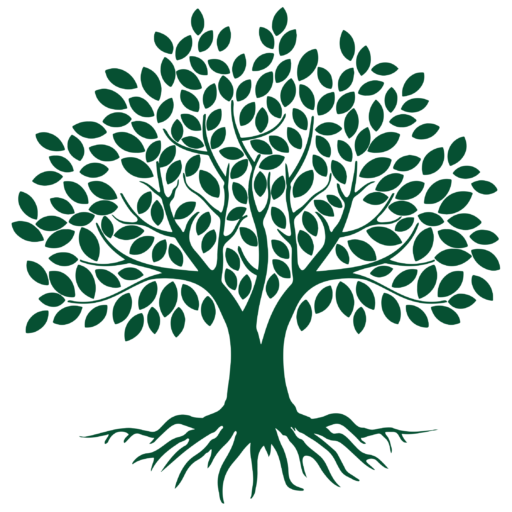Understanding Buddha Purnima: A Special Day in Sanatan Dharma
If you have ever wondered why millions of people across India and the world celebrate Buddha Purnima with such devotion, you are not alone. This sacred day marks the birth, enlightenment, and death of Gautama Buddha, the founder of Buddhism. But did you know that Buddha Purnima also holds deep significance in Sanatan Dharma, the ancient spiritual tradition of India?
In this post, I want to share my personal exploration of Buddha Purnima and why it remains a vibrant part of Sanatan Dharma celebrations. I’ll explain everything in simple language and share relatable insights so you can connect with this festival beyond just the rituals.
The Origin of Buddha Purnima
Buddha Purnima, also known as Vesak or Buddha Jayanti, is observed on the full moon day (Purnima) in the month of Vaishakh, according to the Hindu lunar calendar. This usually falls in April or May each year.
The day celebrates three important events related to Gautama Buddha:
- Birth: Prince Siddhartha Gautama was born in Lumbini, present-day Nepal.
- Enlightenment: He attained Nirvana under the Bodhi tree in Bodh Gaya.
- Mahaparinirvana: His death and liberation from the cycle of birth and death.
It’s rare for one day to hold such significance in multiple life stages, which already highlights how special Buddha Purnima is.
How Buddha Purnima Connects With Sanatan Dharma
Many people mistake Buddhism and Sanatan Dharma as completely separate paths. But if you look closely, Buddha’s teachings were rooted deeply in the spiritual fabric of India, known as Sanatan Dharma – the eternal path.
Here’s how Buddha Purnima and Sanatan Dharma intersect:
- Shared Philosophical Roots: Gautama Buddha began his spiritual quest within Hindu culture. He taught concepts like Dharma (right living), Karma (actions and consequences), and Moksha (liberation), all central to Sanatan Dharma.
- Respect for All Paths: Sanatan Dharma emphasizes tolerance and acceptance of diverse spiritual journeys. Buddha’s path is one of many rivers feeding the vast ocean of Indian spirituality.
- Celebrating Enlightenment: The idea of awakening, self-realization, and overcoming suffering is a universal theme in Sanatan Dharma. Buddha Purnima honors these ideals, making it relevant to all seekers.
Experiencing Buddha Purnima in My Life
Let me share a little story. Growing up in a Hindu family, Buddha Purnima was an important day for us, even if we weren’t Buddhists. I remember visiting temples and monasteries, seeing lights and prayers for peace.
One year, I spent Buddha Purnima near Bodh Gaya. The atmosphere was electric yet peaceful. People from different religions came together to meditate and reflect on Buddha’s message of compassion. It showed me how this day bridges divides and unites spiritual hearts.
Celebration Traditions on Buddha Purnima
The way people celebrate Buddha Purnima varies but usually includes:
- Visiting Temples and Monasteries: Devotees offer flowers, light lamps, and chant prayers.
- Meditation and Dharma Talks: Listening to teachings helps deepen understanding of Buddha’s lessons.
- Acts of Kindness: Feeding the poor, donating to charity, and helping others.
- Processions and Cultural Events: Colorful parades and performances highlight the life of the Buddha.
Why Buddha Purnima Matters Today
In our fast-paced world, Buddha Purnima reminds us to pause and look inward. Buddha’s life teaches us:
- The importance of compassion in daily life
- How to face suffering with courage and wisdom
- The power of mindfulness and meditation for mental peace
- Living ethically and respecting all beings
Whether you follow Sanatan Dharma strictly or not, these lessons can help anyone lead a more balanced life. Buddha Purnima’s universal message transcends religious boundaries.
Buddha Purnima and Inner Transformation
The notion of enlightenment on Buddha Purnima encourages self-awareness. It’s a call to:
- Observe your thoughts without judgment
- Let go of attachments and negative emotions
- Cultivate kindness for yourself and others
- Walk a path of truth and harmony
Practicing this even a little can change how we handle daily challenges.
How to Celebrate Buddha Purnima Meaningfully
You don’t need to be a monk or scholar to honor Buddha Purnima. Here are some simple ways to connect with its spirit:
- Meditate for 10 minutes: Focus on your breath and peaceful thoughts.
- Read a story about Buddha: Understand key teachings like the Four Noble Truths.
- Perform a Random Act of Kindness: Help a neighbor, or give to charity.
- Visit a local temple or community event: Experience the collective energy.
- Reflect on personal goals: Ask how you can bring more compassion into your life.
Conclusion: Embracing Buddha Purnima in Sanatan Dharma
Buddha Purnima is much more than a festival. It is a reminder of the eternal values enshrined in Sanatan Dharma: compassion, wisdom, and liberation. This day unites diverse paths and people through shared respect for the profound message of Gautama Buddha.
Whether you are a lifelong follower of Sanatan Dharma or someone curious about spirituality, Buddha Purnima invites you to pause, reflect, and grow. It shows us how ancient teachings remain alive and relevant, lighting the way in modern times.
So this Buddha Purnima, take a moment to connect with these timeless truths. Celebrate the light of wisdom and compassion — not just today, but every day.
Call to Action
If you found this exploration of Buddha Purnima helpful, why not share it with friends and family? You can also join local events or start a small meditation practice at home. Spiritual growth begins with a single step.
Feel free to leave your thoughts below. How do you celebrate Buddha Purnima? What lessons resonate with you the most? Let’s keep this conversation alive and spread the light of peace.
